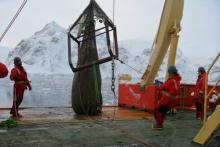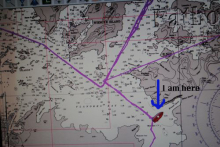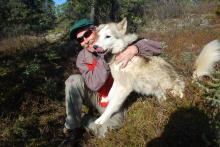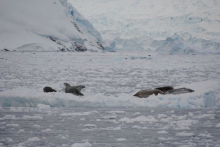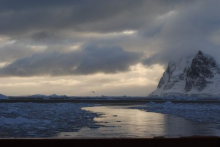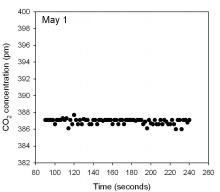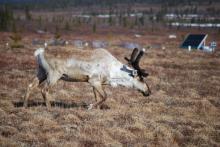Early Human Settlement in Arctic Alaska 2011
What Are They Doing?
 Fluted projectile point from the Raven Bluff site.
Fluted projectile point from the Raven Bluff site.
The team excavated portions of the Raven Bluff archaeological site, the remains of a prehistoric camp that dates to the very end of the last ice age, about 11,000 years ago. The site in Northwestern Alaska is important because it contains the oldest well-preserved collection of archaeological animal bone in the American Arctic. This can teach us about ancient people’s diet, hunting tactics, and seasonal movements.
The site also contains fluted projectile points – a type of stone spear tip that is associated with many of the earliest archaeological sites in the continental United States. Fluted projectile points are found in Alaska and the Yukon Territory of Canada, but have never been reliably dated.
Because people migrated from north-to-south after entering the Americas from Asia across the Bering Land Bridge, fluted points in the far north are expected to be older than the fluted projectile points found in the continental United States. However, initial findings from Raven Bluff indicate that the fluted projectile points at this site are actually younger than the oldest fluted projectile points in the continental United States. By dating these artifacts, the research team studies the nature and timing of early human population movements in the Americas.

